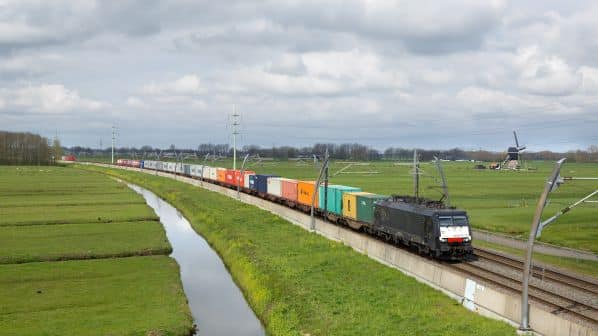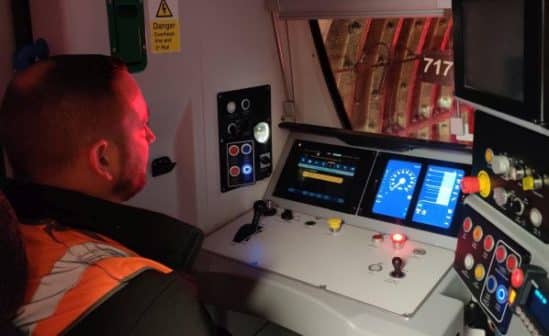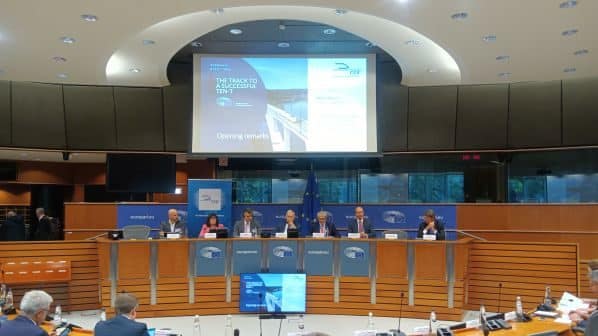THE Community of European Railways and Infrastructure Companies (CER) has warned that safety risks would increase if the EU Regulation on the Trans-European Transport Network (TEN-T) is revised to require the use of a single language for cross-border operations.
“The change to a single language would not only require billions of Euros in investment and training for both drivers and infrastructure managers, and disadvantage rail against other modes, it would also increase safety risks,” CER says.
The single language proposal has been made by the Transport and Tourism Committee of the European Parliament, in the compromise amendments it is now recommending be made to the European Commission’s (EC) proposals for revising the TEN-T Regulation.
Once these amendments have been approved by a plenary session of the European Parliament, negotiations can start on the final shape of legislation with the European Council representing member states.
Compromise amendment 4 says that TEN-T should contribute to efficiency through interoperability, adding to the EC text that this should be achieved through common European technical and operational rules and standards, “such as the use of a single EU-wide language for cross-border rail transport.”
“While cars, trucks or planes can cross EU borders without any problems, trains, especially freight, are forced to stop at borders, sometimes for hours, to adapt to the requirements of different member states,” says MEP, Ms Barbara Thaler, one of the co-rapporteurs responsible for drafting the amendments.
“That is why it is particularly important to ensure that rail border crossings should take no more than 15 minutes, and there should also be slots for freight trains allocated across borders. It is ambitious, but necessary if we want to succeed in shifting traffic from road to rail.”
CER also draws attention to other major amendments, which it says “may lead to a deterioration in the management of the entire railway system in terms of efficiency, sustainability and most importantly, safety.”
Compromise amendment 18 adds a requirement for the EC to ensure that a digital capacity management (DCM) system, enabling operators to book cross-border paths across several member states, will be developed by December 31 2025.
“The capacity management system shall be operated by the European Union Agency for Railways (ERA),” says the amendment. While CER recognises that a DCM is necessary to increase capacity and simplify path allocation, system operation must not be delegated to ERA “as this will hamper the process,” it says.
Similarly, CER stresses that traffic management must remain in the hands of infrastructure managers “who have proven technical competence and can ensure appropriate safety levels. Traffic management is a critical task and cannot be compromised.”
CER says that ERTMS will reduce safety risks, and calls for deployment to be accelerated with increased funding and stronger management.
“European railways need new capacity to run more trains,” say CER executive director, Mr Alberto Mazzola, “and quick progress on digital tools such as ERTMS, DCM and DAC.
“TEN-T is the masterplan to connect all of Europe and I hope that the European Parliament and Council will soon reach common agreement on this important issue.”




